
PUMPA - SMART LEARNING
எங்கள் ஆசிரியர்களுடன் 1-ஆன்-1 ஆலோசனை நேரத்தைப் பெறுங்கள். டாப்பர் ஆவதற்கு நாங்கள் பயிற்சி அளிப்போம்
Book Free DemoJupiter (Brihaspati) is the fifth planet in the solar system and the first gaseous giant after the asteroid belt.
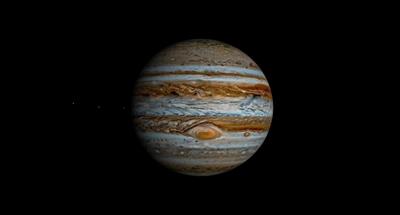
Jupiter
Discovery of Jupiter:
This Jovian planet was discovered by Galileo Galilei in 1610 using his small telescope. 'Jovian' is a word derived from 'Jove', a name for the Roman god 'Jupiter', meaning 'Jupiter-like'.
This Jovian planet was discovered by Galileo Galilei in 1610 using his small telescope. 'Jovian' is a word derived from 'Jove', a name for the Roman god 'Jupiter', meaning 'Jupiter-like'.
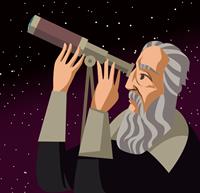
Galileo Galilei
Appearance:
Even Jupiter has faint rings around it, which is hardly visible from Earth. This planet can be easily recognised since it appears bright in the sky. Jupiter appears brownish-yellow. The period of rotation is 9\ hours\ 55\ minutes, and the period of revolution is 12\ years.
Even Jupiter has faint rings around it, which is hardly visible from Earth. This planet can be easily recognised since it appears bright in the sky. Jupiter appears brownish-yellow. The period of rotation is 9\ hours\ 55\ minutes, and the period of revolution is 12\ years.
Great Red Spot:
The Great Red Spot is a huge massive storm that swirls around in the anticlockwise direction at a wind speed of more than 400\ km/h. This gigantic storm is about twice the size of Earth.
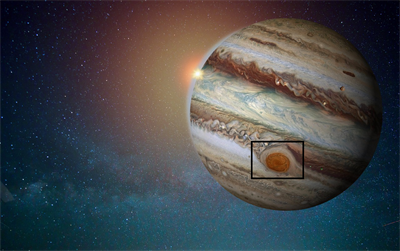
Jupiter's great red spot
Satellites of Jupiter:
Jupiter has a large number of moons or satellites around it. It has more than 600 celestial objects rotating around it, but those were not considered satellites. To date, it has 79 moons with a stable orbit, out of which four of its large moons can be seen using a telescope.
Jupiter has a large number of moons or satellites around it. It has more than 600 celestial objects rotating around it, but those were not considered satellites. To date, it has 79 moons with a stable orbit, out of which four of its large moons can be seen using a telescope.
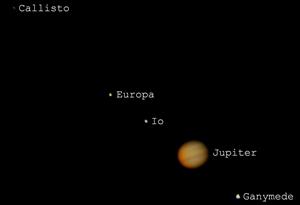
Moons of Jupiter
Those four moons, Io, Ganymede, Callisto, and Europa, were also found by Galileo Galilei. Ganymede is the largest moon or natural satellite in the solar system.
Comparison with Earth:
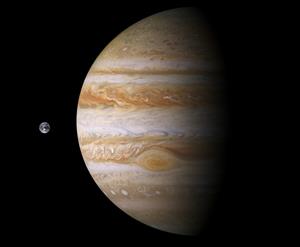
Size comparison of Earth and Jupiter
Important!
This comparison can be calculated using the formula of the volume of the sphere since Jupiter and Earth are spherical in shape.
where R is the radius of a sphere.
Reference:
https://live.staticflickr.com/3833/13906468084_3761d955fe_b.jpg
https://upload.wikimedia.org/wikipedia/commons/f/f7/Jupiter%27s_Galilean_Moons.jpg